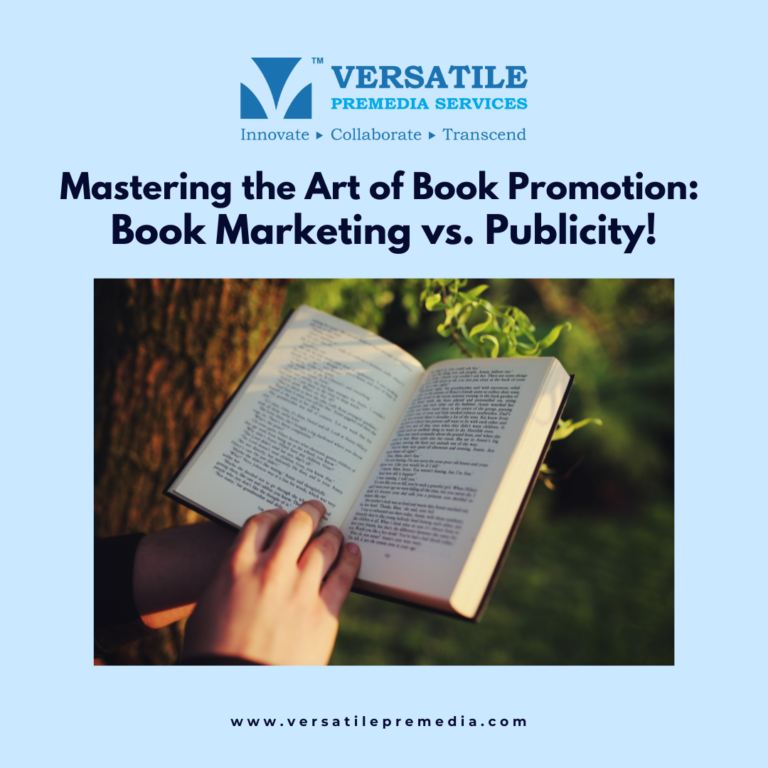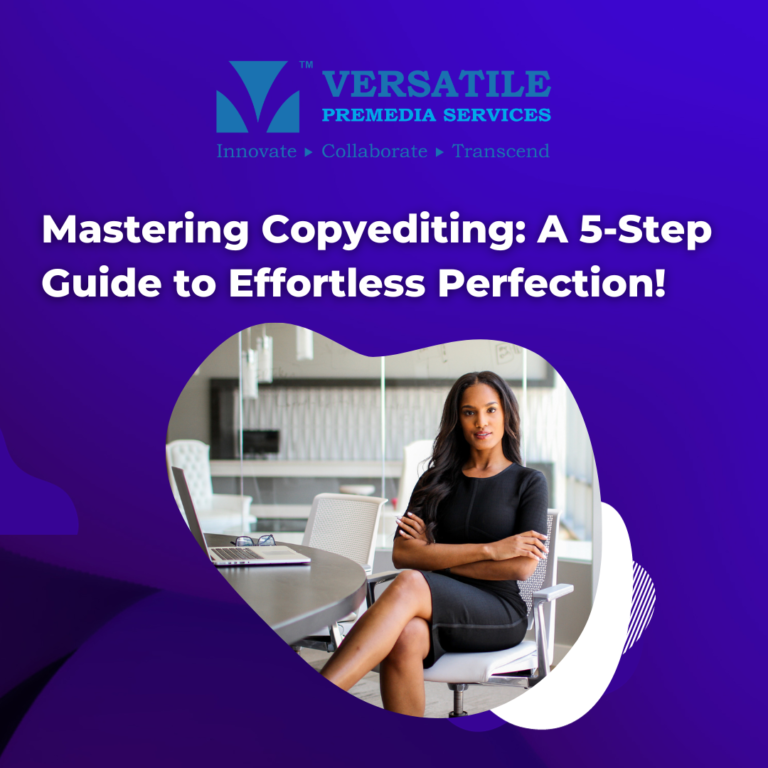For authors, it is highly embarrassing to submit materials that are filled with typos, grammar mistakes, inaccuracies or poor sentence structure. In case of non-fiction and STM publishing, it is difficult for your book to stand out or taken seriously when the materials you publish do not live up to a high level of quality. Copyediting is the process of checking for mistakes, inconsistencies, and repetition. It is during the course of this process that your manuscript is polished for publication.
Copyediting non-fiction involves getting the basics right, not only of grammar but of processes that may be explained in the text. Unlike fiction copy editing, which requires the flexibility in language, syntax and style, non-fiction copyediting is wearing a different hat altogether. The extent of editing non-fiction goes beyond language or inconsistencies to formats, citation, references, fact checking etc. A non-fiction copyeditor must be meticulous and highly technical, while being aware of the flow of the overall content.
Let’s take a closer look at what a copyeditor does in non-fiction writing –
Contrary to fiction, academics and technical authors write with a particular publisher in mind. Various publishers will have their own style guide, to supplement industry standards. These guides dictate language choices, the order of elements in a paper, how tables should be formatted, how captions and titles should be written etc. A skilled copy editor ensures that the author’s manuscript follows the publishers style guide and industry standards.
Checking for factually incorrect statements is a necessary part of the copyediting process for non-fiction manuscripts, especially in historical pieces and memoirs. The copyeditor must check if the facts in the manuscript are accurate and if the names and dates are correct. They also check for potential legal liability. The copyeditor verifies that your manuscript does not libel others.
Some of the other areas that the copy editor will help depending on the publication are:
- Citations in the text are listed in references.
- All references are cited in the text.
- Ensure that titles are accurate.
- Entries are in alphabetical / numerical order.
- Works by multiple authors are cited correctly.
- Make sure that quotes are properly attributed
- Language basics like spellings, grammar, punctuations, syntax, word choices are appropriately used.
- Clear and accurate headlines, sub-headlines, titles, summaries, photo captions and teasers
- Making sure that charts, maps, illustrations, graphs are correct and ensure that any data in the text is consistent with that reported in a table or a graph.
- Check for plagiarized text, racially insensitive terms or phrases, obscene content, and content that can potentially violate a copyright.
Copy editor approaches a manuscript from the view point of a reader. He/She provide a fresh pair of eyes, clear judgment, and objectivity. The author’s work is enhanced by a skilled copyeditor who will improve the manuscript’s clarity, flow, and readability. A fresh, sharp perspective to analyze each and every word, line, and phrase will ensure that your writing has achieved its intended goal, be it entertaining or informing the consumers.



